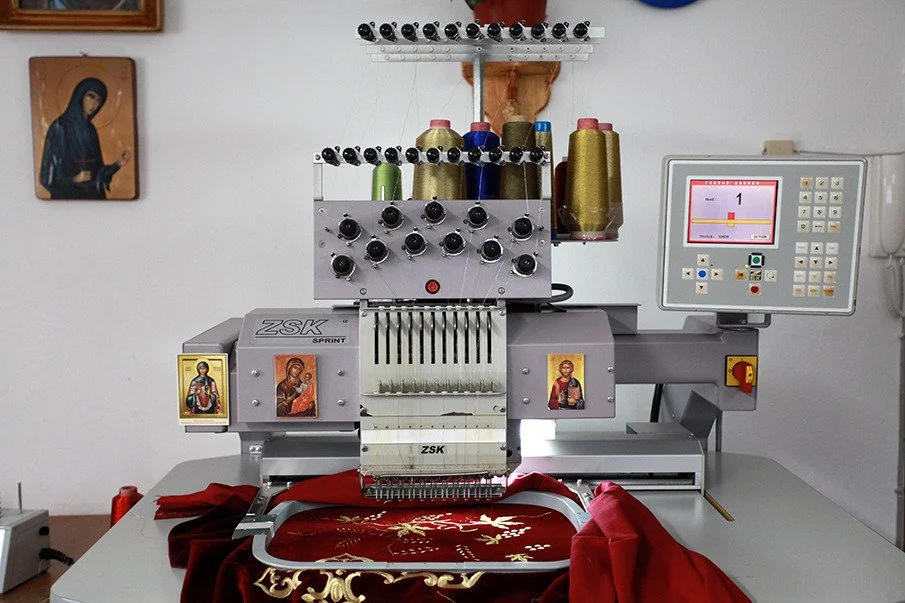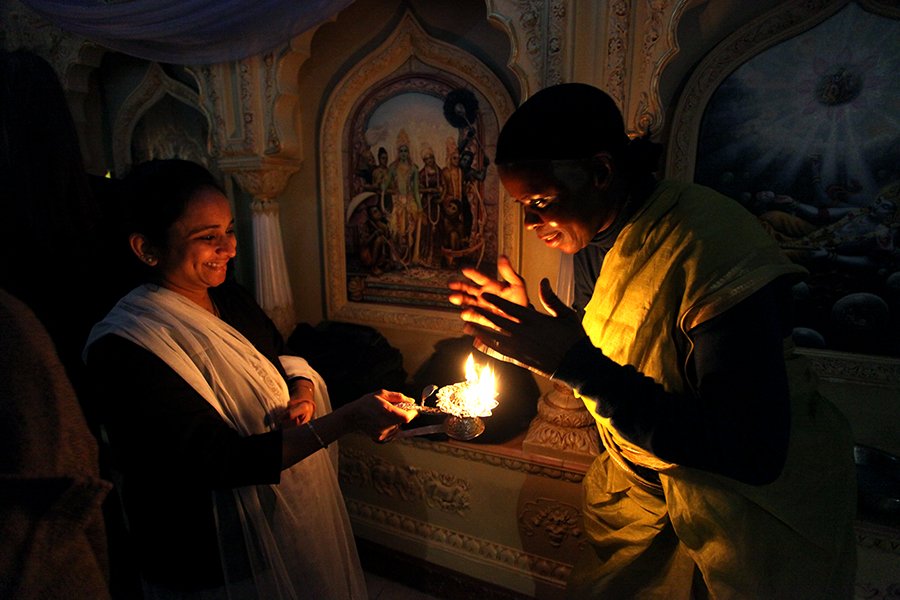
Before advertising - Aurora used to spend time with different communities in Romania, Italy and the UK and document snippets of their daily lives. Here are some of them.
Romania. Year 2007 Gypsy Land
Grajduri is a world on its own - a Romas village in the Northern part of Romania, following its centuries old traditions and customs. The community has its own Court, the national Police is barely allowed in, and children continue to marry at a very early age. I arrive in Grajduri early morning driving through deserted fields and gypsy palaces that seem to keep growing no matter the economic crises Romania might face. Next to me is the man every Roma is waiting for. He brings them compensations after the still disputed " Gypsy Holocaust" under the Marshal Antonescu regime in the early 40’. They welcome us with Palinca – a 60’ home-made brandy that we sip in a reception room as big as an average family house. The architecture is a mix of Spanish telenovelas, fairy tales and Romanian folklore.This is where fortunetellers live, close to metal sellers, and a new generation of young Romas trying their luck in Italy and Spain, bringing back new influences in this ever-changing community.





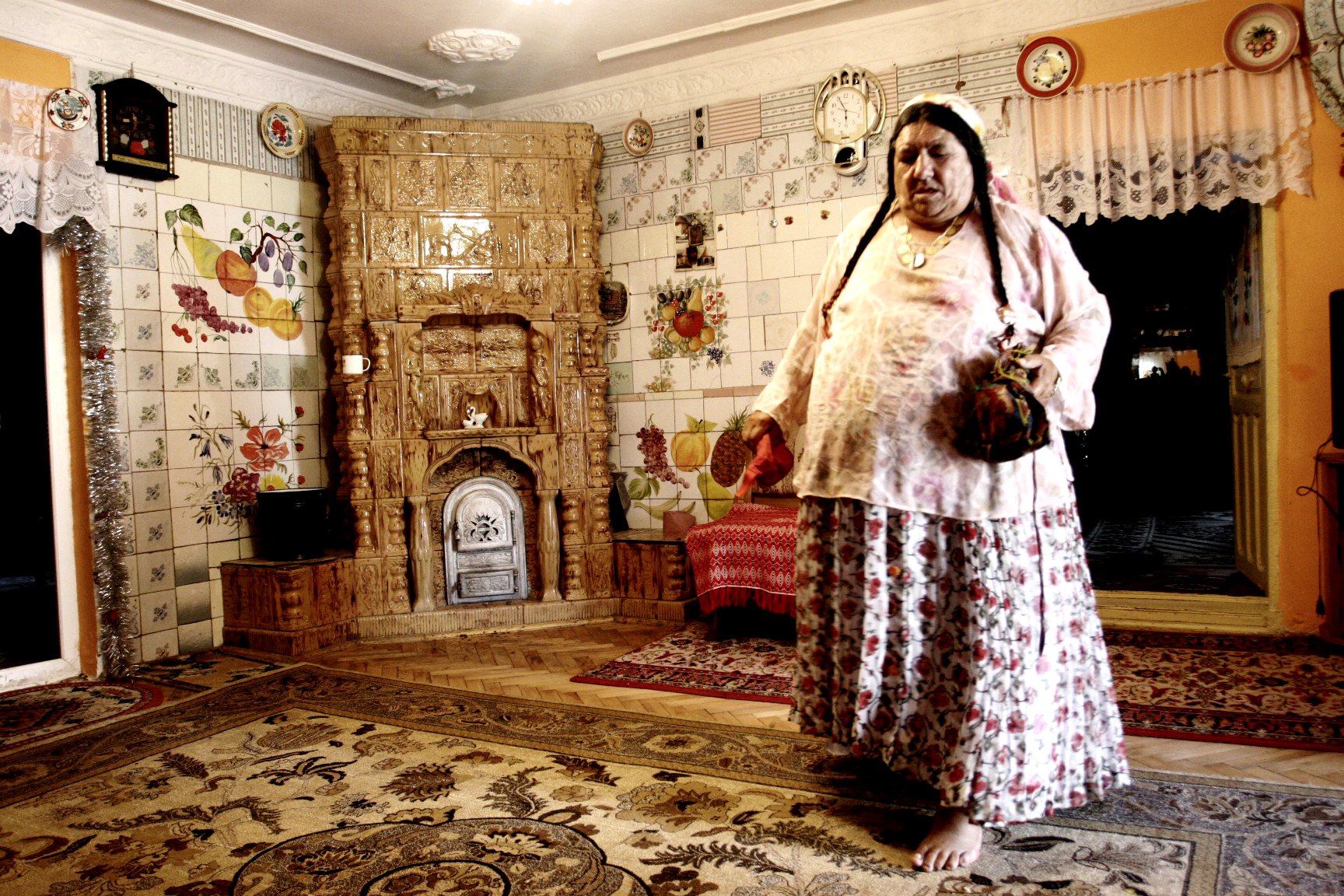
Romania. Year 2009. “It’s a Tradition”
This is the “Christmas pig” (porcul de Craciun) in 2009. It was raised by a neighbour, and killed by a butcher from my hometown - Campulung Moldovenesc. I couldn’t personally touch any of the meat after doing this reportage.









Romania. Bacau. Year 2007. Life In Recycle Fields
2007 there were barely any recycle facilities in Romania. Even today recycling is not something that’s top of mind. Garbage mafia + corrupted government led to mountains of garbage in the periphery of cities. Sometimes these mountain burn as “by accident” increasing the pollution levels around highly populated area like Bacau or Bucharest. This project focus on the people who collect plastic and iron from these garbage mountains and sell it for very cheap in order to make a living. We see Ion here with his tattoos made in prison. He’s accompanied by his son and a horse.


London UK. Hare Krishna. Year 2013






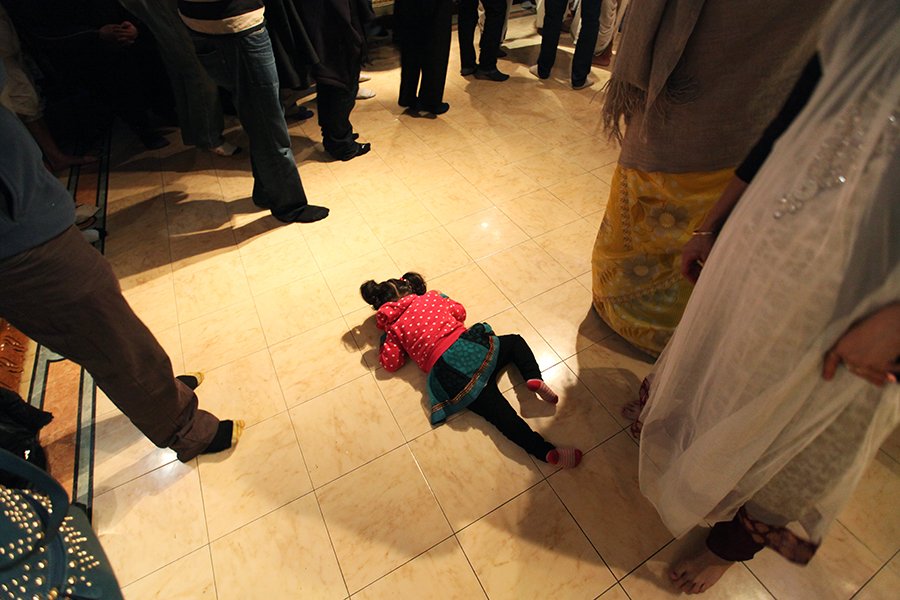


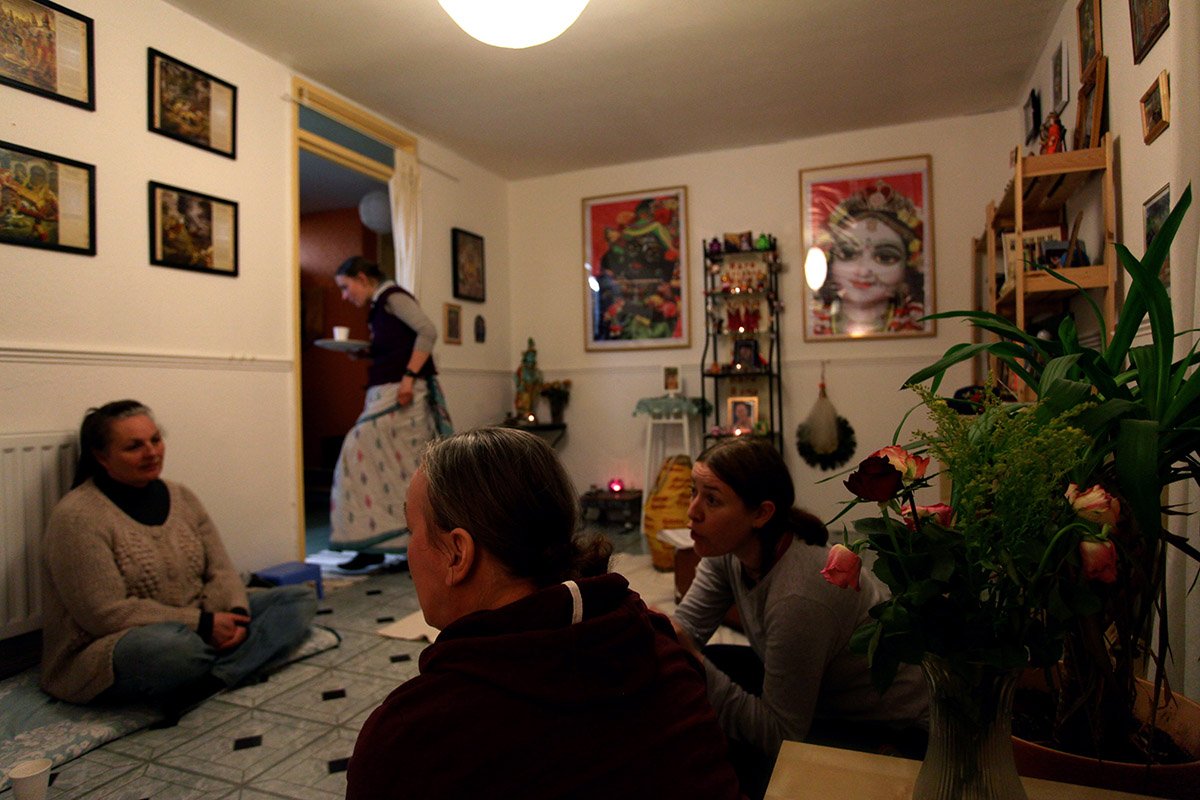
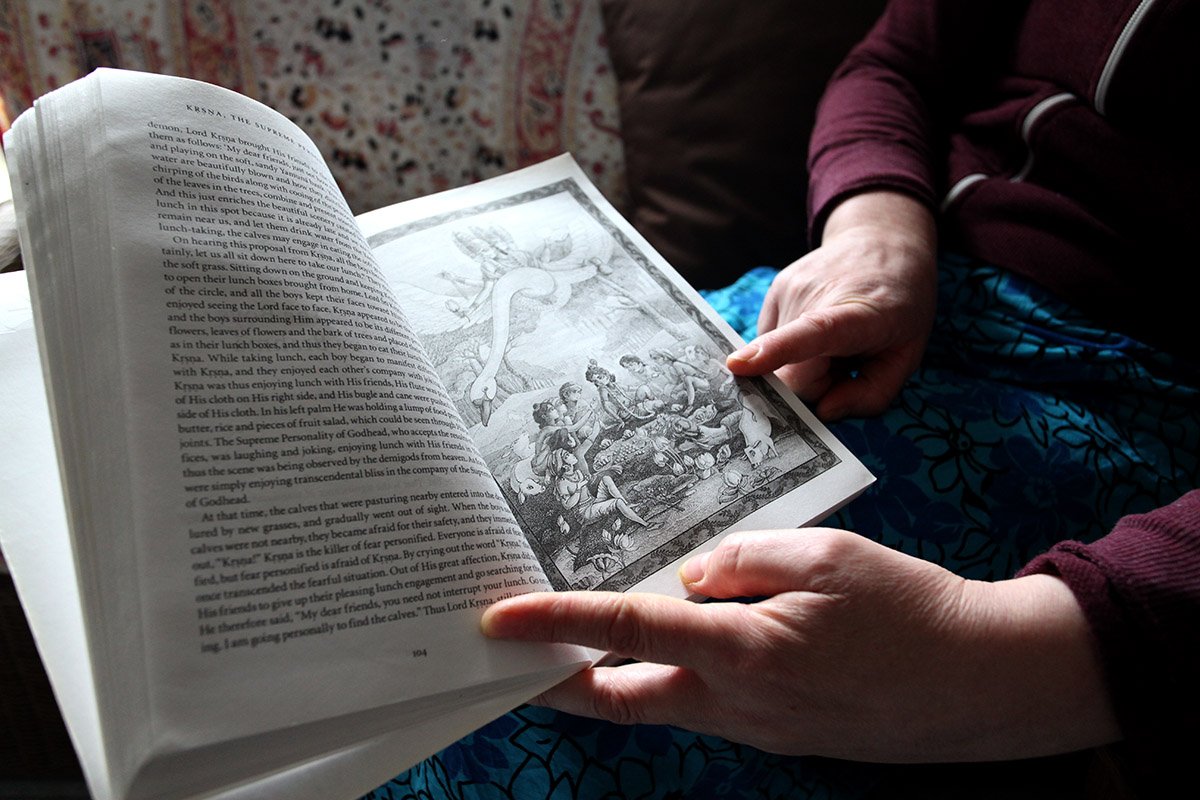



Romania. Rarau Mountains. Year 2012. Residing in the House Of God with Monks.
It’s dark and I‘m sitting in a small room with Jesus and Virgin Mary looking at me from every corner. I’m in the middle of the Rarau mountains in a place where Christians confess their sins. I’m wearing the monastery’s long black clothes, facing the head of this place the Staret. He’s got a long beard, sharp eyes and talks to me about times long passed, when monks used to dig holes in the ground for no other reason but to cover them later. They don’t have time for that nowadays. There are 36 monks living in the monastery. Their jobs include taking care of the stables, feeding 200 chickens twice a day, washing dishes, cooking, serving food to anyone who passes by, digging into stone, driving, and staying awake between 2 and 6 AM to conduct religious ceremonies. Work is seen as a divine test. It’s a way to exercise your commitment to Jesus. If you pass, your role may change. Another form of commitment is accepting the ridicule of your superiors as a way to cancel all profane feelings of self-worthiness and strengthen your faith. This is a place where time is marked only by the sound of toaca – a wooden hammer beat onto a long wooden board. You can hear it just before 2 in the morning marking the start of the religious ceremony. At 4:30 AM toaca announces the Liturghia, the most important part of the ceremony when, they say the earth and the sky become one.











Romania. Moldovita Year 2012. Residing In The House of God with Nuns
Every window has flowers and dead birds in it. The birds sit on branches leaning against the glass as if they’re alive, watching the tree tops outside. In one of the painting rooms, a goldfish circles its bowl while a dazzling sunset lights up the frosty window. On a canvas, a headless saint waits to be completed. Five hundred years ago, in an area of Northern Romania now called Bukovina, God was given credit for even the slightest stroke of luck. An emperor’s conquests would end in disaster without divine intervention. But it was important to reward such assistance, not only with prayer but also with something more substantial- something eternal. One such offerings was Moldovița Monastery, built by the Voivode Petru Rares after winning a battle against the Ottomans. Today, 30 nuns live there and tourists from all over the world visit to see the visions of heaven and hell painted on the outside walls. The nuns rarely leave. Instead, they “watch life coming from the window.” Their only contact with the outside world is the tourists. The nuns spend their time in workshops, using hi-tech sewing machines which seem at odds with an otherwise traditional, technology-free way of life. Day by day, Jesus’ face takes shape on garments and rugs, to be sold abroad. There is a farm with pigs, chickens and cows, which provides the nuns with most of their food. There are calves, one of which is too frail to stand, while another sucks milk off its own feet. One nun whispers soothingly in their ears, feeding them milk from a bottle. The eyes of huge saints painted onto hanging canvases watch passers-by as the smell of dried herbs fills the air. Up some rickety wooden steps, in a tower, the Toaca hangs on iron chains. The Toaca is a big iron instrument that keeps time in the monastery. Next to it hang wooden hammers which the nuns use to beat intricate rhythms which can be a call to prayer, or to a feast. For half a millennium, these beats have been the first thing people have heard as they emerge from the surrounding forest and cross the fortress’ gates, and will be for many years to come.

